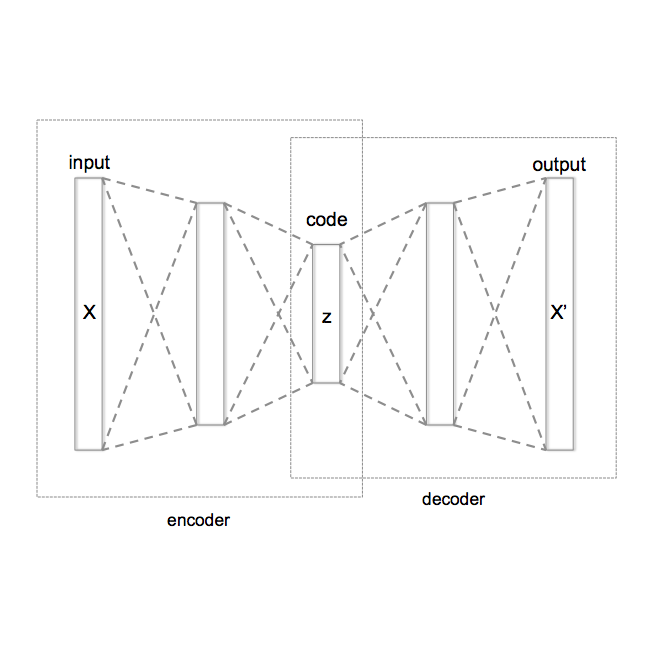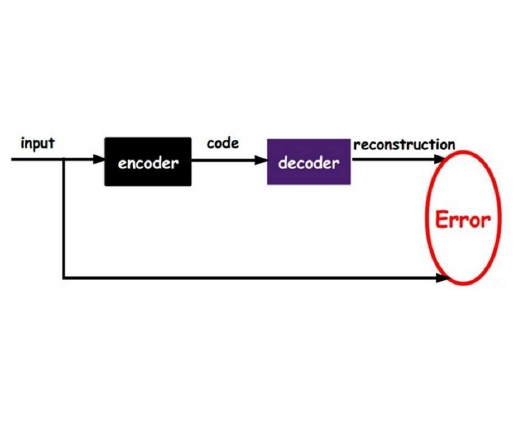Remote sensing of Chlorophyll-a is vital in monitoring climate change. Chlorphyll-a measurements give us an idea of the algae concentrations in the ocean, which lets us monitor ocean health. However, a common problem is that the satellites used to gather the data are commonly obstructed by clouds and other artifacts. This means that time series data from satellites can suffer from spatial data loss. There are a number of algorithms that are able to reconstruct the missing parts of these images to varying degrees of accuracy, with Data INterpolating Empirical Orthogonal Functions (DINEOF) being the current standard. However, DINEOF is slow, suffers from accuracy loss in temporally homogenous waters, reliant on temporal data, and only able to generate a single potential reconstruction. We propose a machine learning approach to reconstruction of Chlorophyll-a data using a Variational Autoencoder (VAE). Our accuracy results to date are competitive with but slightly less accurate than DINEOF. We show the benefits of our method including vastly decreased computation time and ability to generate multiple potential reconstructions. Lastly, we outline our planned improvements and future work.
翻译:叶绿素-a遥感对监测气候变化至关重要。氯绿素-a测量使我们了解海洋藻类浓度,这使我们能够监测海洋健康。然而,一个共同的问题是,用于收集数据的卫星通常受到云层和其他文物的阻碍。这意味着卫星的时间序列数据可能受到空间数据损失的影响。有一些算法能够以不同程度的精确度重建这些图像的缺失部分,而数据对实验性正视函数(DINEOF)是目前的标准。然而,DINEOF是缓慢的,由于时间性同源水域的精度损失,依赖时间性数据,并且只能产生单一的潜在重建。我们提出利用挥发自动电解器(VAE)重建氯绿素-a数据的机械学习方法。我们迄今为止的精确度结果比DINEOF具有竞争力,但比DINEOF略低一点。我们展示了我们的方法的好处,包括大量减少的计算时间和生成多种潜在重建的能力。最后,我们概述了我们计划的改进和未来的工作。





